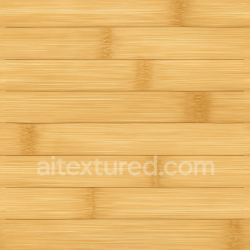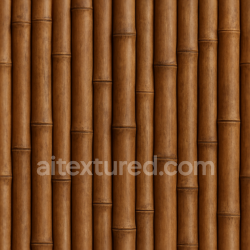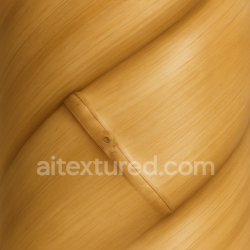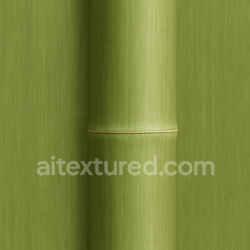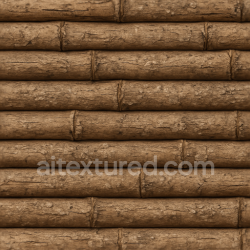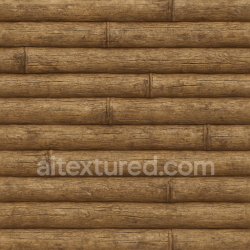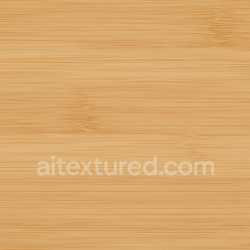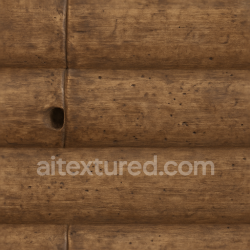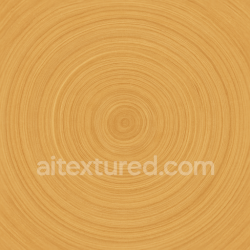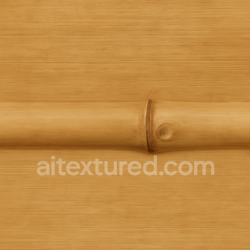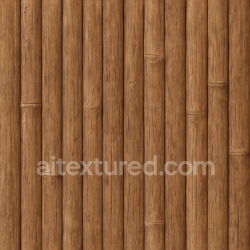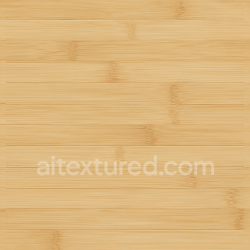Foam Seamless Textures – Complete PBR Guide for 3D Artists, Games, and VFX
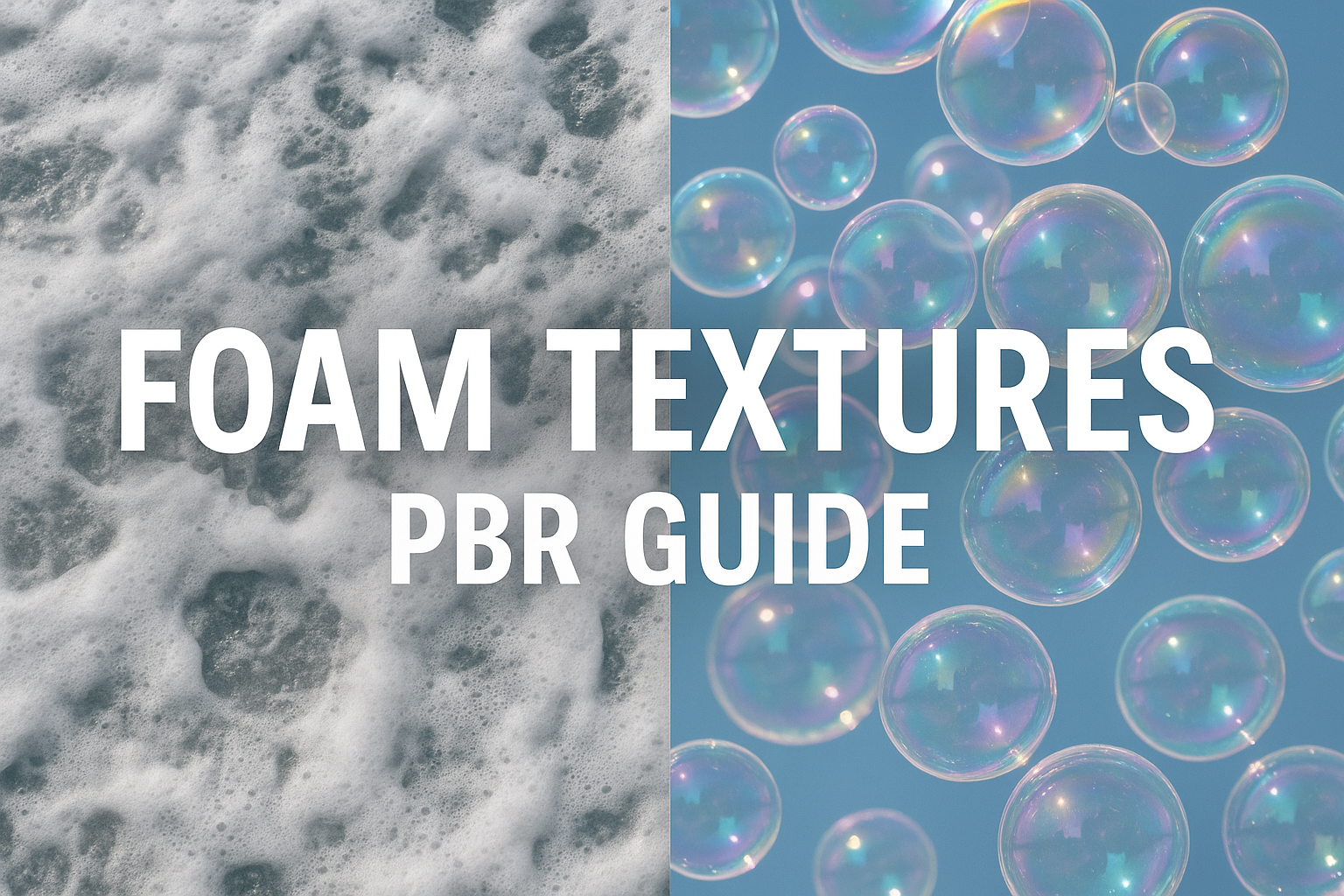
Foam Textures are a unique category of seamless PBR materials that focus on one of the most fascinating natural and artificial phenomena – foam. It appears in many contexts: ocean waves breaking against rocks, bubbles in a glass of beer, soap foam in bathrooms, technical foam used for soundproofing, or polyurethane foam in construction. At AITEXTURED.com you will find a diverse library of free seamless foam textures designed for Blender, Unreal Engine, Unity, 3ds Max, Maya, and other professional tools. This article will guide you through the types, applications, and techniques of using foam textures in 3D design.
🌊 What Are Foam Textures?
Foam textures represent surfaces covered with air-filled bubbles or frothy structures. They can be natural, such as sea foam, or artificial, such as construction foam or packaging materials. Unlike flat surfaces like concrete or wood, foam surfaces are dynamic and irregular, which makes them especially useful for creating realism and micro-details in 3D environments. Seamless foam textures allow infinite tiling across large surfaces without visible borders, ensuring both realism and optimization.
🧪 Types of Foam Textures
- Sea Foam: dynamic, irregular bubbles created by breaking ocean waves. Perfect for water environments, beaches, and VFX.
- Soap & Bubble Foam: transparent, colorful reflections ideal for bathrooms, cleaning scenes, or stylized renders.
- Beer & Beverage Foam: foam caps on drinks like beer, cappuccino, or soda, often used in product visualization and advertising.
- Polyurethane Foam: construction and packaging material with porous, spongy surfaces, used in archviz and industrial renders.
- Soundproof Foam: stylized triangular or pyramidal foam panels used in studios, combining pattern textures with acoustic realism.
💡 Applications of Foam Textures
Game Development
In games, foam textures help build believable environments. Sea foam enhances oceans in open-world RPGs, while soap foam may appear in stylized casual games. Technical foam is common in sci-fi interiors where soundproof panels decorate spaceship cabins. Foam textures also serve as detail layers in shaders for water interaction, like waves hitting a boat.
Architectural Visualization
In archviz, foam textures are useful for bathroom design, pools, fountains, and even industrial construction. Polyurethane foam appears in insulation renders, while decorative soundproof panels highlight music studios. Foam combined with paint coatings creates realistic interior surfaces for visualization.
VFX & Animation
Foam is essential in visual effects for realism. Ocean storms, coffee ads, cleaning scenes, and chemical experiments all require accurate foam simulation. Seamless textures help speed up workflows where procedural simulation may be too heavy, providing fast and tileable base layers.
Product Design & Advertising
Beverage companies often need foam textures for marketing. Beer with a foamy cap or cappuccino with milk foam creates appetite appeal. In industrial product design, foam surfaces showcase insulation materials, mattresses, or acoustic panels.
📐 Technical Features
All foam seamless textures on AITEXTURED are prepared in high resolution (1K, 2K, 4K) with full PBR support:
- Albedo: base colors of foam (white, off-white, colorful highlights).
- Normal Maps: simulate bubble depth and porous structures.
- Roughness: defines glossy wet foam vs. matte technical foam.
- Displacement: creates real 3D relief of foam bubbles or porous structures.
🚧 Common Mistakes with Foam Textures
- Using only flat albedo without roughness, resulting in unrealistic foam.
- Overscaling bubbles or pores, breaking realism.
- Repeating visible patterns on large surfaces – use blending or decals.
- Ignoring transparency for soap and beverage foam, making it look plastic.
- Forgetting to mix foam with water or liquids in shaders.
🌍 Combining Foam with Other Materials
Foam usually exists with other surfaces:
- Water – sea foam, fountains, pools.
- Beverage Textures – foamy drinks like beer or cappuccino.
- Concrete – industrial insulation with sprayed foam.
- Patterns – soundproof foam panels with geometric relief.
- Plastic – packaging materials and protective foams.
🔬 Advanced Techniques
Professional workflows often combine foam textures with procedural methods:
- Decals: localized foam on ocean shores or drink surfaces.
- Procedural Noise: blending foam with waves or soap bubbles.
- Transparency Maps: used for realistic thin bubble surfaces.
- Channel Packing: optimize shaders by combining foam PBR maps.
📊 Optimization Tips
Foam often covers large dynamic surfaces like oceans. To keep projects optimized:
- Use 1K–2K foam textures for backgrounds, 4K only for close-ups.
- Blend multiple textures to avoid tiling artifacts.
- Combine procedural foam with tileable textures for balance.
- Use mipmaps in real-time engines for smoother rendering.
🔮 Future of Foam Textures
AI and procedural tools are making foam textures more powerful. Machine learning can generate endless variations of bubble structures, while shaders in Unreal and Unity allow dynamic foam appearing in real time as water interacts with surfaces. In archviz, procedural foam can simulate insulation layers automatically, and in VFX foam libraries will be essential for faster production of commercials and cinematic effects.
✅ Conclusion
The Foam Textures section at AITEXTURED is a must-have for 3D professionals. Covering sea foam, soap bubbles, beverage foam, polyurethane, and acoustic panels, it provides one of the most versatile libraries for games, architecture, VFX, and product design. With seamless tiling and full PBR support, these textures bring detail, realism, and atmosphere to digital projects. Explore and download foam textures for free to enrich your 3D library with one of the most dynamic and unique materials available today.
